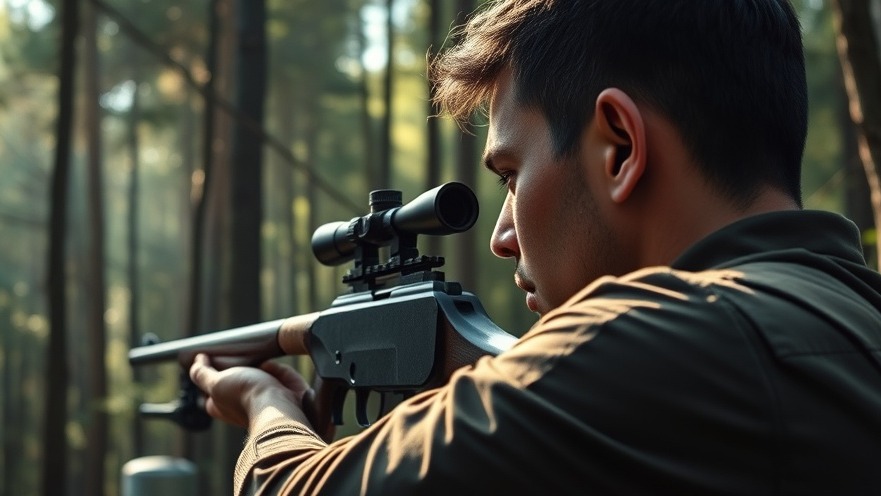
Vision: A Crucial Component of Shooting Safety
When it comes to shooting, many enthusiasts focus on factors such as grip, stance, and trigger control. Yet one of the most critical aspects that often goes unnoticed is vision. As we age or encounter common conditions like cataracts or astigmatism, our eyesight changes, impacting how we engage with our firearms. This shift can challenge our confidence and accuracy at the range, but it doesn’t have to end our passion for shooting. Adapting your techniques and gear can ensure that those defensive skills remain sharp, no matter how your vision evolves.
Navigating Common Vision Issues with Practical Solutions
Many shooters struggle with issues like blurry or distorted sight pictures, especially when using red dot optics. This is largely due to astigmatism, glare, or an incorrect optic setting. Fortunately, there are ways to address these issues to enhance shooting accuracy:
For Blurry or Floating Dots: Lowering brightness on the optic can help reduce glare, while ensuring that focus remains on the target rather than the dot. For iron sights, consider widening the rear sight notch or using a high-visibility front sight.
Eliminating Double Vision: This often results from wearing progressive lenses. To combat this, shooters can try closing one eye or confirming their dominant eye to eliminate confusion during aiming.
Aligning Eye Dominance: If the dot appears to float or jump, it’s essential to revisit eye dominance. Confirming this can significantly enhance the aiming process and improve overall shooting experience.
Unique Techniques to Extend Your Shooting Longevity
Incorporating adaptive techniques into your shooting routine not only improves accuracy but also prolongs your enjoyment of the sport. Here are several actionable insights:
Experiment with Optics: Trying a green dot or a larger size can offer sharper perception. This experimentation can lead to significant improvements, especially as visual acuity changes.
Focus on the Fundamentals: Consistent training and focusing on proper head and body alignment with the target will create a smoother experience, fostering confidence even in fluctuating conditions.
Why Your Vision Changes Should Inspire, Not Discourage You
It’s important to approach any loss in visual clarity with a mindset of motivation rather than defeat. Adapting to these changes demonstrates strength and responsibility as a shooter. Seeing those increasingly blurry targets doesn't mean you should give up on shooting; rather, it’s a call to learn new methods and invest in tools that enhance your visual experience.
Connecting Safety and Enjoyment
The crux of effective shooting lies in safety, which starts with how we see. Your ability to accurately track your aiming reference can make a life-or-death difference. Recognizing and adjusting for changes in vision is crucial, yet it’s also empowering—it means that instead of retreating, you can evolve. With careful adjustments and the right strategies, shooting can remain an enjoyable pastime and a vital skill, for many years to come.
 Add Row
Add Row  Add
Add 




Write A Comment